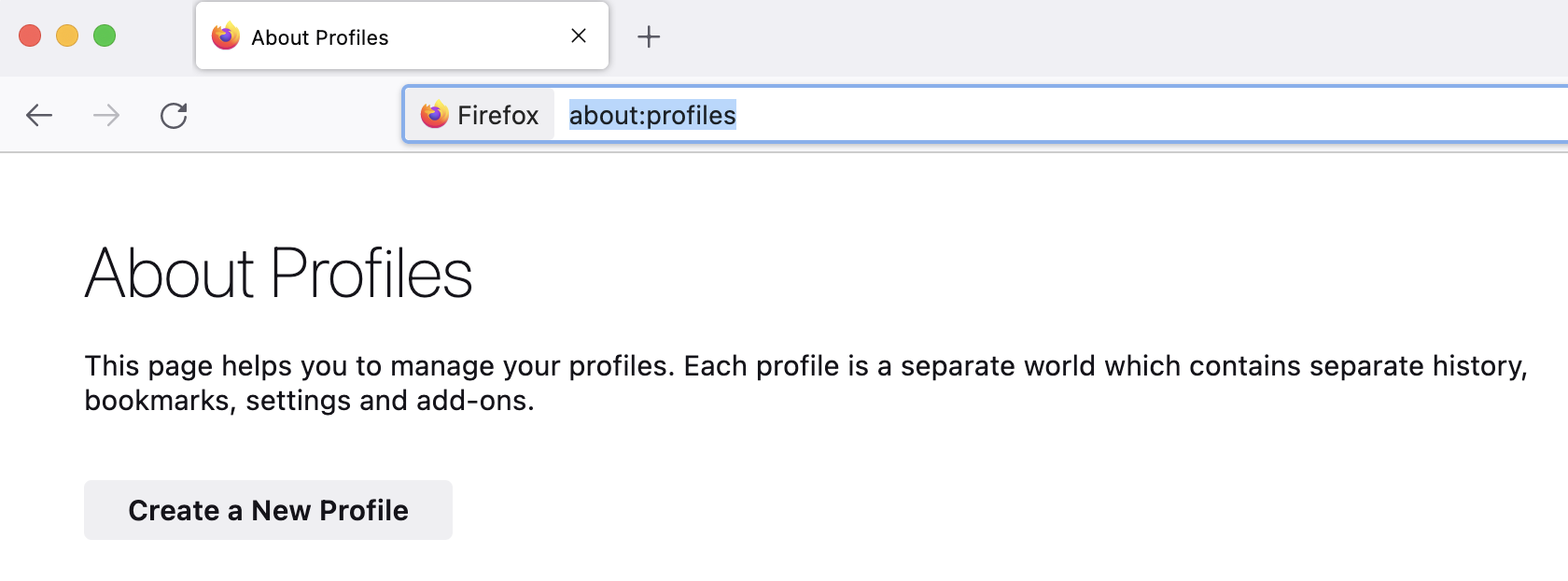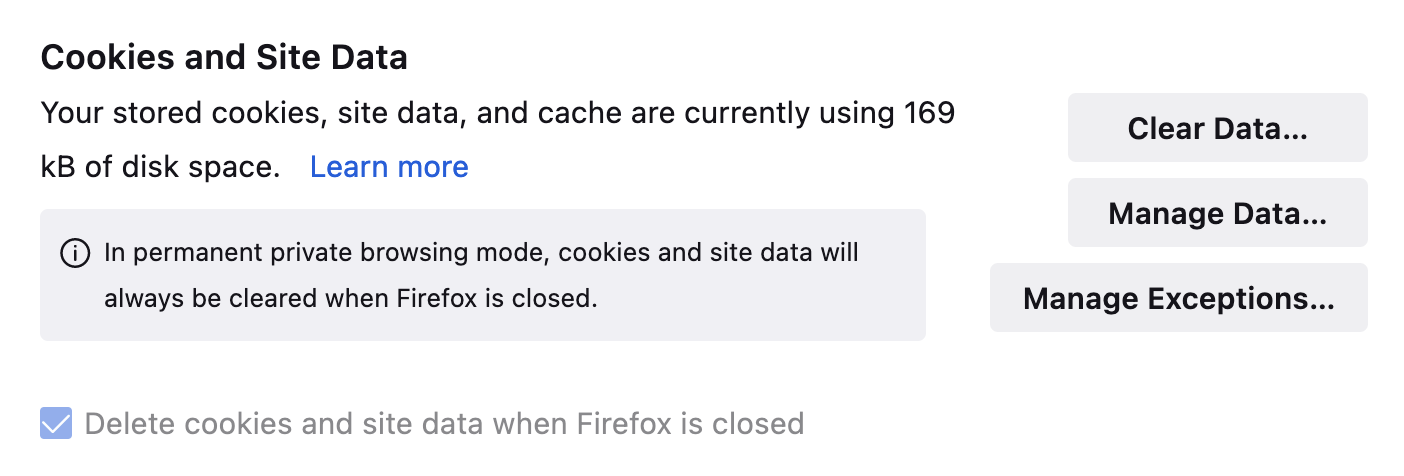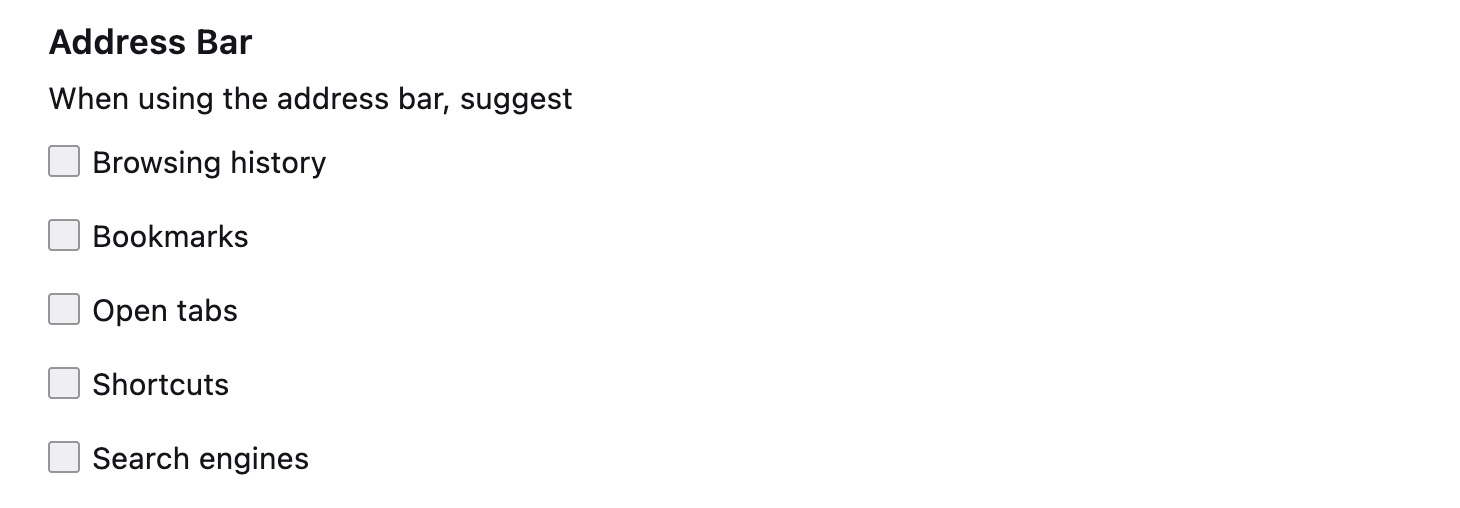Recipes
🖥✨ Setting up a research browser
How to set up a research browser for digital methods research.
Research browsers are often used in digital methods projects in order to gather materials from the web, search engines and platforms while mitigating personalisation effects.
As Richard Rogers writes in Doing Digital Methods (London: SAGE, 2019):
By installing a separate instance of a browser (such as Firefox) as a ‘research browser’, the researcher prepares a clean slate, free of cookies and other engine entanglements such as history and preferences.
📃 Steps
The following steps are for setting up a research browser on a laptop or desktop (not a mobile or tablet device).
The main idea of these steps is to create a fresh profile and disable and minimise any preferences related to tracking and personalisation.
⚠️ Note: You should make sure and use only this browser profile for research and do not attempt to sign into any websites or social media services.
1. Download
- Download the latest version of Firefox Desktop.
Depending on your browser and operating system, there may be slight differences between the steps below and what you see on your screen.
2. Create new profile
- Type
about:profilesinto address bar. - Click the button that says “Create a New Profile”
- Click “Continue” in the popup and enter a name for your new research profile (e.g. “research browser”, or whatever you’d like)
- Scroll down to the newly created profile and click the button that says “Launch profile in new browser”.
At this point a new browser should open up! 🎉
3. Set browser preferences
- Type
about:preferences#privacyinto the address bar. - Under “Enhanced Tracking Protection”, select “Strict” .
- Under “Send web sites a ‘Do Not Track’ signal”, select “Always”.
- Under “Cookies and Site Data” click “Clear Data”.
- Under “History”:
- If you are using Zeeschuimer select remember history
- If you are using other DMI tools, you may wish to select never remember history (as per this tutorial)
- Under “Address Bar”, deselect all suggestion options.
4. Install DMI tools Firefox extension
- If you plan on using DMI tools, you can install the Firefox extension to make sure they work correctly.
🔗 Other links, readings and resources
- Digital Methods Initiative (2015) “The research browser”
- ⚠️ note: some software settings in this video are no longer up to date…
- Digital Methods Initiative (2018) “Things Internet Researchers Should know About Search Engines”
- Rogers, R. (2013). Digital Methods. Cambridge, MA: MIT Press.
- Rogers, R. (2017). Foundations of Digital Methods: Query Design. In M. T. Schafer & K. van Es (Eds.), The Datafied Society: Studying Culture Through Data (pp. 75–94). Amsterdam: Amsterdam University Press.
- Rogers, R. (2019). Doing Digital Methods. London: SAGE Publications.
🐙 Inspiration, acknowledgments and contributors
This recipe documents longstanding practice of the Digital Methods Initiative (DMI) as mentioned in the readings above. It draws on documentation and teaching materials from the DMI, DensityDesign Lab and the Department of Digital Humanities, King’s College London.






